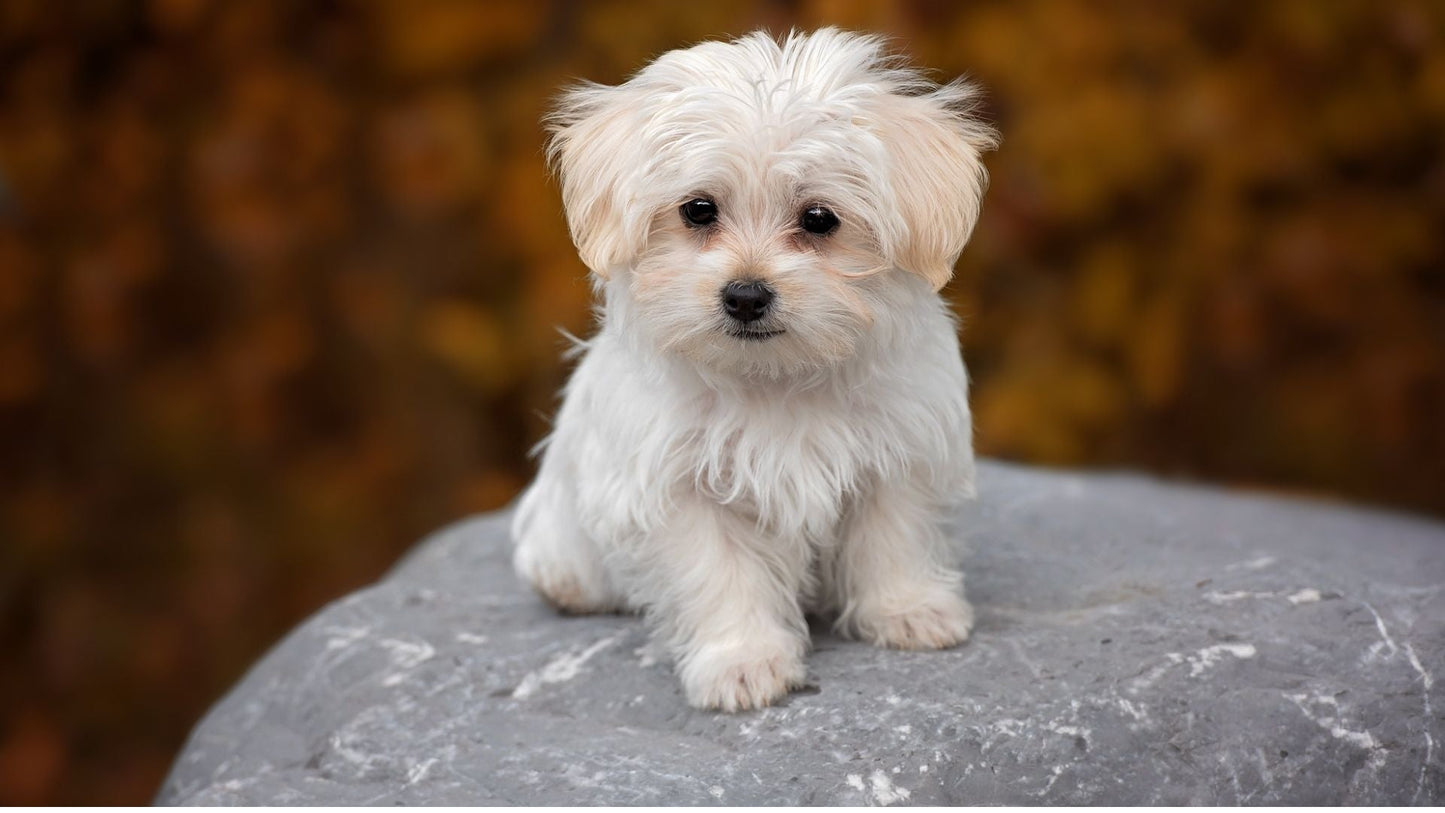
Having a pup is the best feeling in the world. Having an anxious dog, not so much...
You know what I mean when I say it’s a rollercoaster of kisses, cuddles and laughs, and a few “oh c...” moments. One minute you’re giggling at Sophie's silly zoomies, and the next, you’re trying to reassure her that the mailman is not an intruder and villain in our lives.
Life throws all sorts of things at our furry friends such as thunderstorms, car rides, fireworks, new faces, and sometimes just the unpredictability of the day. For dogs like Sophie, these moments can feel really overwhelming. But here’s the good news: with patience, the right tools, and lots of love, you can help your pup feel safe, calm, and confident.

At Bark, Meow, ‘N Beyond, we’re passionate about helping pets and their humans navigate life together. Let’s find out how through some gentle, natural ways, you can too ease your dog’s nerves while strengthening your bond.
Why Do Dogs Get Anxious?
Every dog is different, but there are a few common reasons pups like Sophie might struggle with anxiety:
- Old experiences – Dogs who’ve been abandoned, mistreated or neglected often carry those fears with them.
- Lack of people skills – Dogs who weren’t exposed to new situations, people, other creatures, or places early on may feel anxious in unfamiliar situations.
- Small or big changes – Moving houses, welcoming a new family member, or even small changes in daily routine can shake a dog’s sense of security. Like Sophie, maybe your dog has switched homes a few times.
- Noises– Fireworks, thunder, and construction can be too much for their amazing and sensitive ears. Sophie, for instance, wants nothing to do with the outdoors when fireworks go off!
- Genetics – Some breeds, like Poodles, Chihuahuas, Greyhounds, and energetic working dogs, tend to be more prone to anxiety.

You’ll usually know when your pup is anxious by watching for signs like trembling, pacing, whining, hiding, panting, or even refusing food. Catching these cues early means you can step in to help before things escalate.
Gentle Ways to Calm Your Anxious Pup
Here are some simple and gentle strategies you can try at home:
1. Be at Peace Yourself
Dogs, like Sophie, mirror our emotions. If you’re tense, your pup will pick up on it. Speak softly, move slowly, and project calm confidence. Sometimes, just being steady and relaxed is the best gift you can give your dog.
2. Stick to Habits
Dogs do best with habits. Regular times for meals, walks, and bedtime reduce uncertainty. Sophie even gives his mom a little tap when it’s time to eat!
3. Use Calming Treats
Natural tools can make a world of difference, like:
- Treats with chamomile, L-theanine, or valerian root.
- Pheromone diffusers or collars (like Adaptil).
- Weighted blankets or calming jackets that mimic the comfort of being held.
Tip: Always check with your vet before introducing new supplements.
4. Give Plenty of Exercise & Mental Stimulation
A tired dog is usually a calm dog. Long walks, games of fetch, puzzle feeders, or new tricks help burn off anxious energy. After playtime, Sophie will usually fall asleep.
5. Try Calming Music
Believe it or not, dogs love music too! Classical tunes, dolphin with ocean sounds, or even dog-specific playlists can ease anxiety.
6. Offer Gentle Touch
Massage can do wonders. Long, soothing strokes, or gentle ear rubs help let go of anxiety. Just be mindful of their body language if your dog pulls away, give them space.
7. Practice Desensitization
For specific fears like fireworks or new people, take baby steps. If loud noises are the trigger, start with very low-volume firework sounds and pair them with treats. Over time, slowly increase the volume while keeping the experience positive. Make sure to be patient!
8. Don’t Accidentally Reward Fear
When your pup is anxious, it’s tempting to over-comfort. But too much fussing can reinforce the fear. Instead, act normal, and reward them with petting or treats when calm.
9. Seek Professional Help When Needed
If anxiety feels overwhelming, don’t be afraid to call in an expert. Trainers, behaviorists, and vets can guide you through personalized solutions, and in some cases, medication may be part of the plan.
10. Create a Safe Haven
Every dog deserves a little “zen zone.” This could be a crate, a cozy corner, or a blanket fort filled with their favorite toys. Toss in something that smells like you, and it instantly feels like home. For Bear, that safe place is a quiet bedroom where he can recharge without interruptions.

Extra Tips for Common Stressors
- Meeting New People/Dogs: Always go slow, let your pup approach at their own pace, and reward calm behavior. Never force interactions.
- Fireworks/Thunderstorms: Close curtains, play calming music, and use a ThunderShirt or weighted blanket. High-value chews also work wonders for distraction.
- Car Rides: Start small with fun short trips, keep the car cool and comfy, and secure them with a seatbelt harness or crate.
Be Patient
Helping an anxious dog is a journey. Try to celebrate the little wins with positive reinforcement.
At the end of the day, what your pup needs most is your intention, full compassion, patience, and love. With consistency, they’ll grow more confident and enjoy life by your side tail wags and all!

